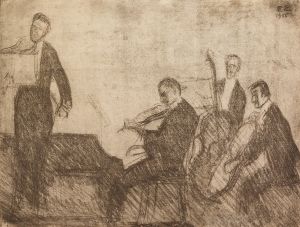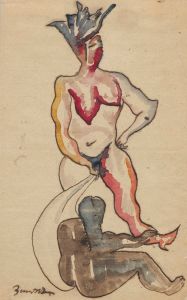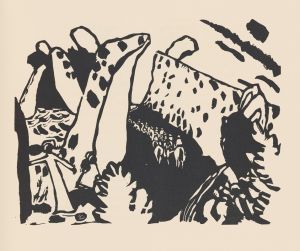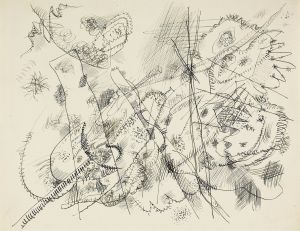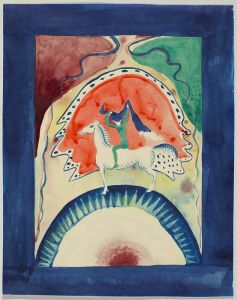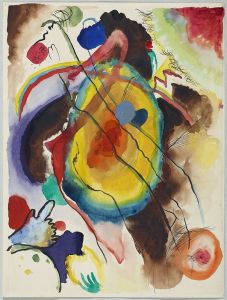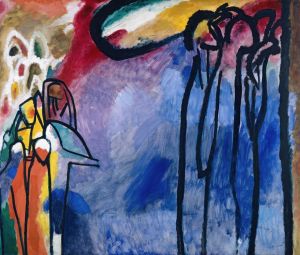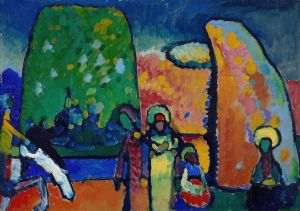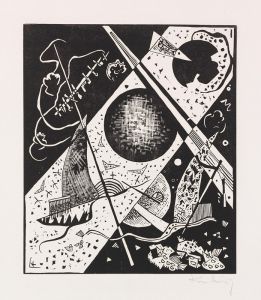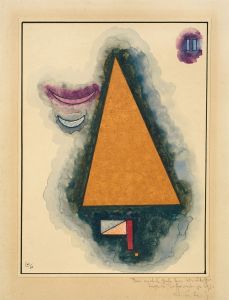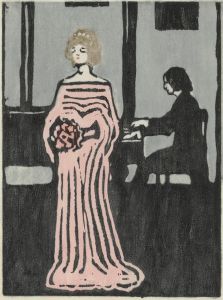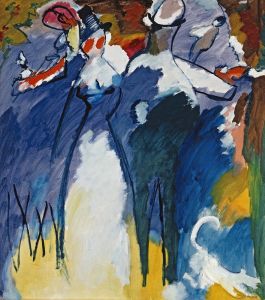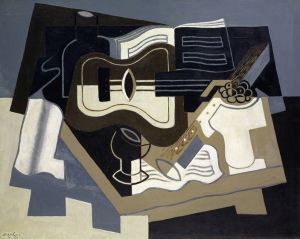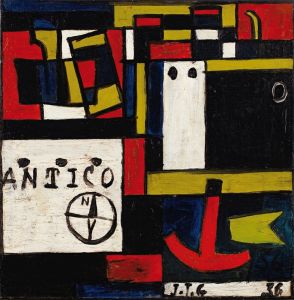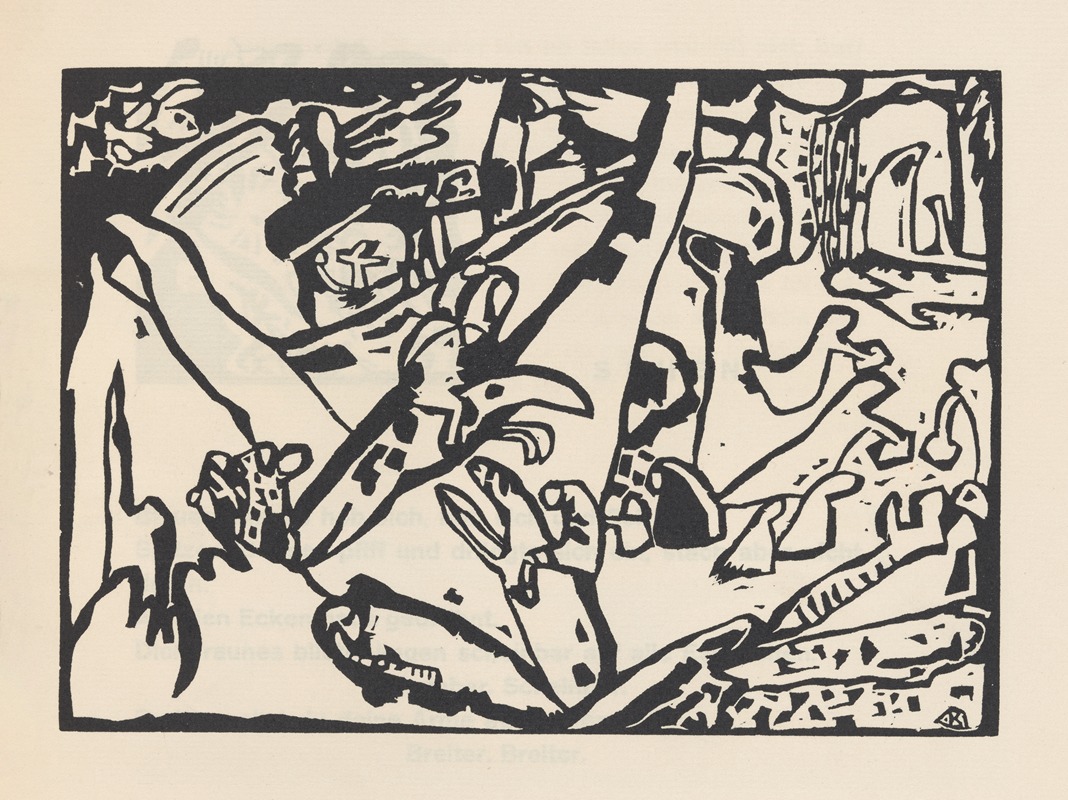
Klänge Pl.24
A hand-painted replica of Wassily Kandinsky’s masterpiece Klänge Pl.24, meticulously crafted by professional artists to capture the true essence of the original. Each piece is created with museum-quality canvas and rare mineral pigments, carefully painted by experienced artists with delicate brushstrokes and rich, layered colors to perfectly recreate the texture of the original artwork. Unlike machine-printed reproductions, this hand-painted version brings the painting to life, infused with the artist’s emotions and skill in every stroke. Whether for personal collection or home decoration, it instantly elevates the artistic atmosphere of any space.
Wassily Kandinsky, a pioneering figure in abstract art, created "Klänge Pl.24" as part of his broader exploration into the relationship between color, form, and emotion. Kandinsky, born in Moscow in 1866, was a Russian painter and art theorist who is often credited with painting one of the first recognized purely abstract works. His contributions to art were not only visual but also theoretical, as he sought to articulate the spiritual and emotional resonance of art through his writings and teachings.
"Klänge" (meaning "Sounds" in German) is a significant work in Kandinsky's oeuvre, as it represents a synthesis of his interests in music and visual art. The piece is part of a larger collection of woodcuts and prose poems published in 1913 under the same title. This collection is notable for its attempt to create a synesthetic experience, where the visual and auditory senses are intertwined. Kandinsky believed that colors and forms could evoke emotions in a manner similar to music, and "Klänge" was an exploration of this idea.
"Klänge Pl.24" is a woodcut, a medium that Kandinsky employed to great effect. Woodcuts allowed him to experiment with bold contrasts and simplified forms, which were essential to his abstract style. The choice of medium also reflects Kandinsky's interest in the tactile and material aspects of art-making, as well as his desire to reach a broader audience through the reproducibility of prints.
The imagery in "Klänge Pl.24" is abstract, characterized by geometric shapes and dynamic compositions. Kandinsky's use of color and form is deliberate, aiming to evoke a sense of rhythm and movement akin to a musical composition. The abstraction in his work was a radical departure from the representational art of the time, aligning with his belief that art should transcend the material world and express deeper spiritual truths.
Kandinsky's work was heavily influenced by his synesthetic experiences, where he perceived colors as sounds and vice versa. This unique perception informed his approach to art, leading him to develop a visual language that sought to convey the emotional and spiritual dimensions of human experience. His theoretical writings, such as "Concerning the Spiritual in Art," further elaborate on these ideas, advocating for an art form that prioritizes inner necessity and spiritual resonance over mere representation.
"Klänge Pl.24" and the entire "Klänge" series were created during a period of significant artistic innovation and upheaval in Europe. Kandinsky was associated with the Blue Rider (Der Blaue Reiter) group, which he co-founded with Franz Marc. This group was instrumental in advancing abstract art and was part of a broader movement that sought to break away from traditional artistic conventions.
In summary, "Klänge Pl.24" by Wassily Kandinsky is a testament to the artist's pioneering role in abstract art and his exploration of the connections between visual art and music. Through his innovative use of form, color, and medium, Kandinsky sought to evoke emotional and spiritual responses, challenging viewers to engage with art on a deeper, more intuitive level. His work continues to be celebrated for its visionary approach and its impact on the development of modern art.





